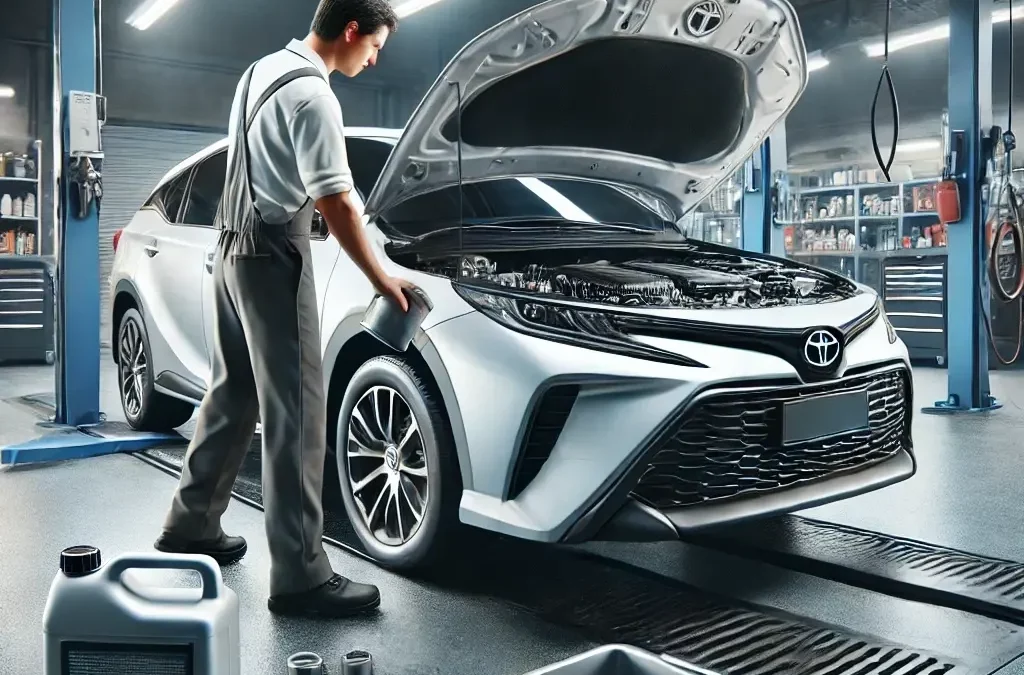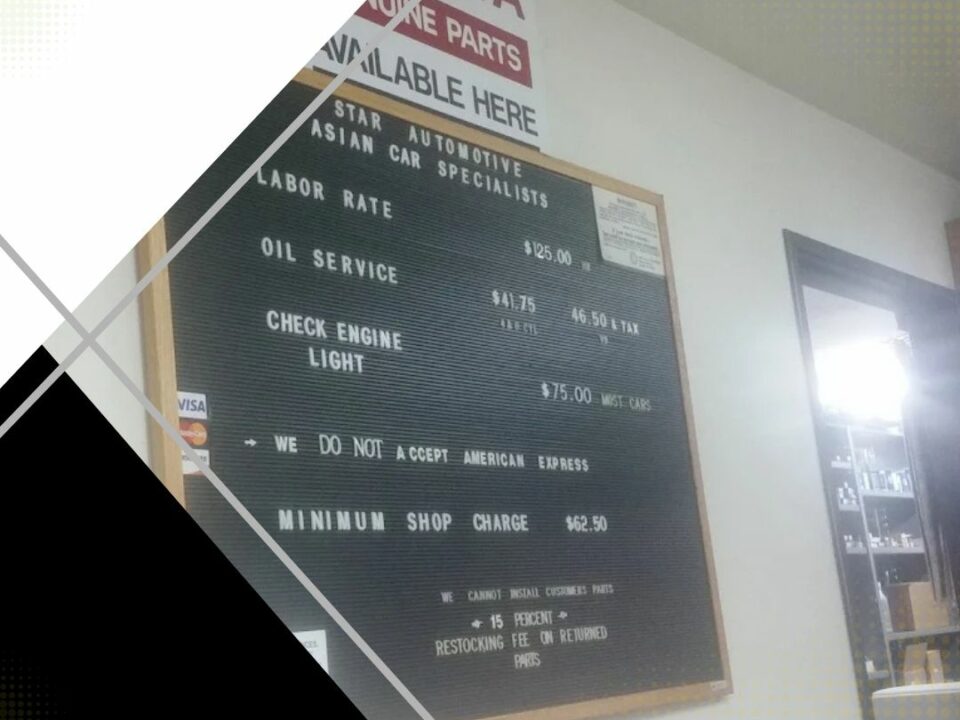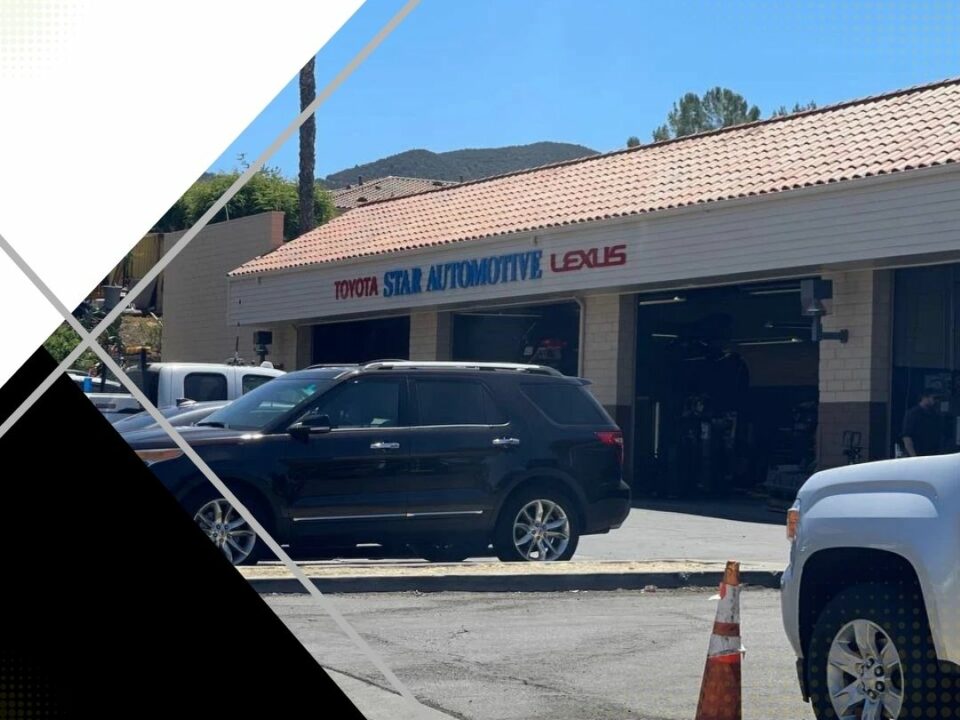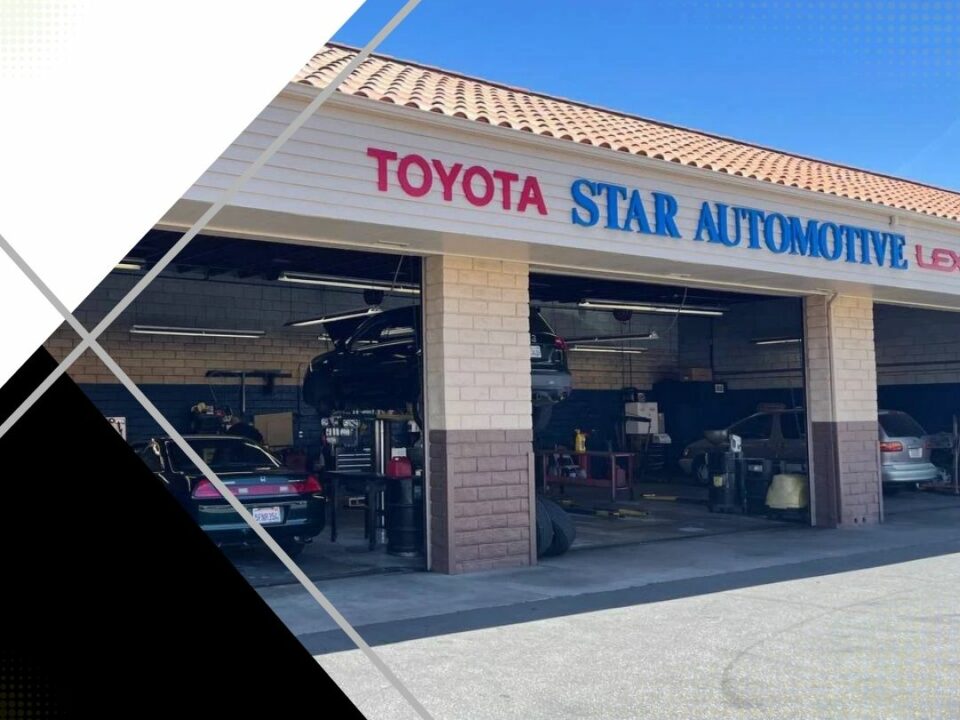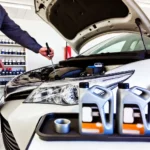
Diagnosing Excessive Oil Consumption in Your Toyota: A Step-by-Step Guide
August 9, 2024
Effective Fixes for Excessive Oil Consumption in Toyota Models
August 9, 2024Excessive oil consumption in Toyota vehicles often stems from a complex interplay of factors, including mechanical wear and engine design nuances. Over time, critical engine components such as piston rings and valve seals deteriorate, particularly in vehicles with high mileage, leading to oil leaking into the combustion chamber. Additionally, certain Toyota models have been identified with design issues, such as inadequate oil return holes in pistons and suboptimal piston ring tension, exacerbating oil depletion. Understanding these underlying mechanisms is crucial for addressing the problem effectively through Toyota repair. What remains to be explored, however, is how these factors vary across different Toyota models and engine types, which could provide deeper insights into mitigating this widespread issue.
Mechanical Wear and Tear
Mechanical wear and tear, often resulting from prolonged usage and inadequate maintenance, significantly contributes to excessive oil consumption in Toyota vehicles. This issue, primarily affecting older models or those with high mileage, arises when critical engine components such as piston rings, valve seals, or cylinder liners degrade. Over time, these components can lose their ability to maintain a tight seal, allowing oil to seep into the combustion chamber and burn alongside fuel.
For Toyota owners, understanding and addressing these wear-related problems is crucial. Regular checks and timely maintenance can slow down the wear process, extending the life of the engine and maintaining optimal performance. It is recommended to adhere to Toyota’s specified service intervals and to use only high-quality lubricants and replacement parts that meet or exceed manufacturer specifications.
Additionally, noticing early signs of wear, such as increased oil consumption without visible leaks, or smoke from the exhaust, can prevent more severe issues.
Engaging with a community of fellow Toyota enthusiasts or trusted automotive professionals for insights and tips can also enhance the maintenance regime, ensuring that your vehicle remains reliable and efficient for years to come.
Design and Manufacturing Flaws
In addition to mechanical wear and tear, design and manufacturing flaws also play a significant role in the excessive oil consumption observed in some Toyota vehicles. These flaws typically originate during the conceptual design phase and can be perpetuated or exacerbated during the manufacturing processes.
For instance, piston design has been a critical issue. In certain models, pistons were not equipped with sufficient oil return holes. This small oversight means that oil that normally lubricates the piston does not return to the sump but instead burns off in the combustion chamber.
Similarly, issues with piston rings, specifically regarding their tension and clearance, have led to increased oil consumption. Rings that do not fit snugly in their grooves allow oil to seep into the combustion chamber. This is not just a minor oversight but a fundamental flaw that affects the engine’s efficiency and longevity.
Moreover, the machining of cylinder bores can also be a determining factor in oil consumption. Imperfections in the bore surface can lead to poor sealing with the piston rings, facilitating oil leakage into the combustion area.
Each of these issues underscores the importance of precision in automotive design and manufacturing. As a member of the Toyota family, whether as an owner, technician, or enthusiast, understanding these factors brings us closer to identifying solutions that enhance the reliability and performance of our vehicles.
In conclusion, the labyrinth of excessive oil consumption in Toyota vehicles often traces back to the dual adversaries of mechanical wear and tear and inherent design flaws. Like a river subtly eroding its banks, continuous operation without meticulous maintenance gradually undermines engine integrity, allowing oil to escape its designated pathways.
Addressing these vulnerabilities through rigorous Toyota repair and technical vigilance can staunch the flow, preserving the engine’s vitality and ensuring the vehicle’s enduring performance and reliability.

